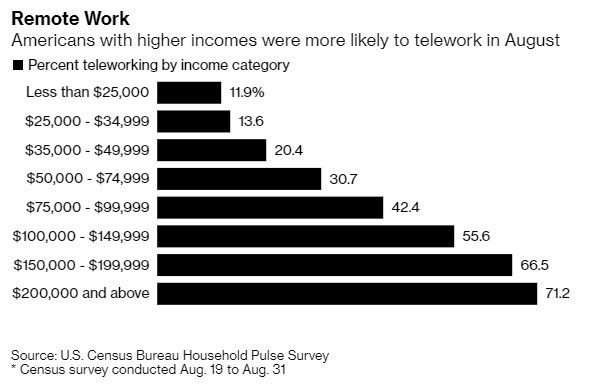Interesting that ridership is still at a 90% drop in Ontario. Here in the Netherlands there was also a >90% drop in ridership in March, and they massively slashed train service. My line (Rotterdam - The Hague) dropped from 10 trains per hour to 2, for example.
Then they reinstated the pre-Covid schedules a few months ago and ridership has picked up again since.
The more recent counts show ridership at around 40% of what it was (which is actually ideal for the moment, because everyone can keep a seat apart, but there aren't too many empty pairs). I wonder how much of the discrepancy between Ontario and the Netherlands is due to cultural differences, differences in trip types, and how much is simply due to the reduced service. The rate of infections seems similar in both places.
In any case, I suspect there will be a permanent decrease in the traditional 9-to-5 commuter ridership as literally everyone in an office job has now been set up to work from home. I expect that many companies will take the opportunity to downsize their physical offices and have employees physically commute only a couple days per week.
Of course this is a major threat to GO, whose core money-maker has always been park-and-ride commuters to the financial district. But the upside is that the GO Rail transformation already underway will already help GO adapt to the changing travel patterns, which will have a less-pronounced peak period. It might just mean that we don't need to run as many peak-period extras to suppelement the all-day two-way base service pattern. Those extra trains are relatively expensive to operate since they are owned/stored/maintained just to run one or maybe two round trips per day. Reducing the peak-period spike could also bring some savings in infrastructure since we woulnd't need to build as much capacity that is unnecessary for rest of the day.
In the Netherlands, there is surprisingly little extra service at rush hour. There are some local lines which jump from 2 tph to 4, or 4 to 6, but overall it's not a huge difference. For example, the 10 trains per hour between Rotterdam and The Hague is both the peak and off-peak service pattern. Demand is instead managed using peak-period pricing (regular riders can get 40% off outside of peak periods), and changing the train length. Intercity lines tend to run 10- or 12-car bilevels at rush hour (pairs of 4-car and 6-car bilevel EMU sets), but off peak, you often see individual EMUs of 4 or 6 cars. Around 09:00 you often see destination signs with a message warning passengers that the rear half of the train goes no further than [x]. The rear unit is simply uncoupled during a regular station stop and taken to a layover yard nearby.






